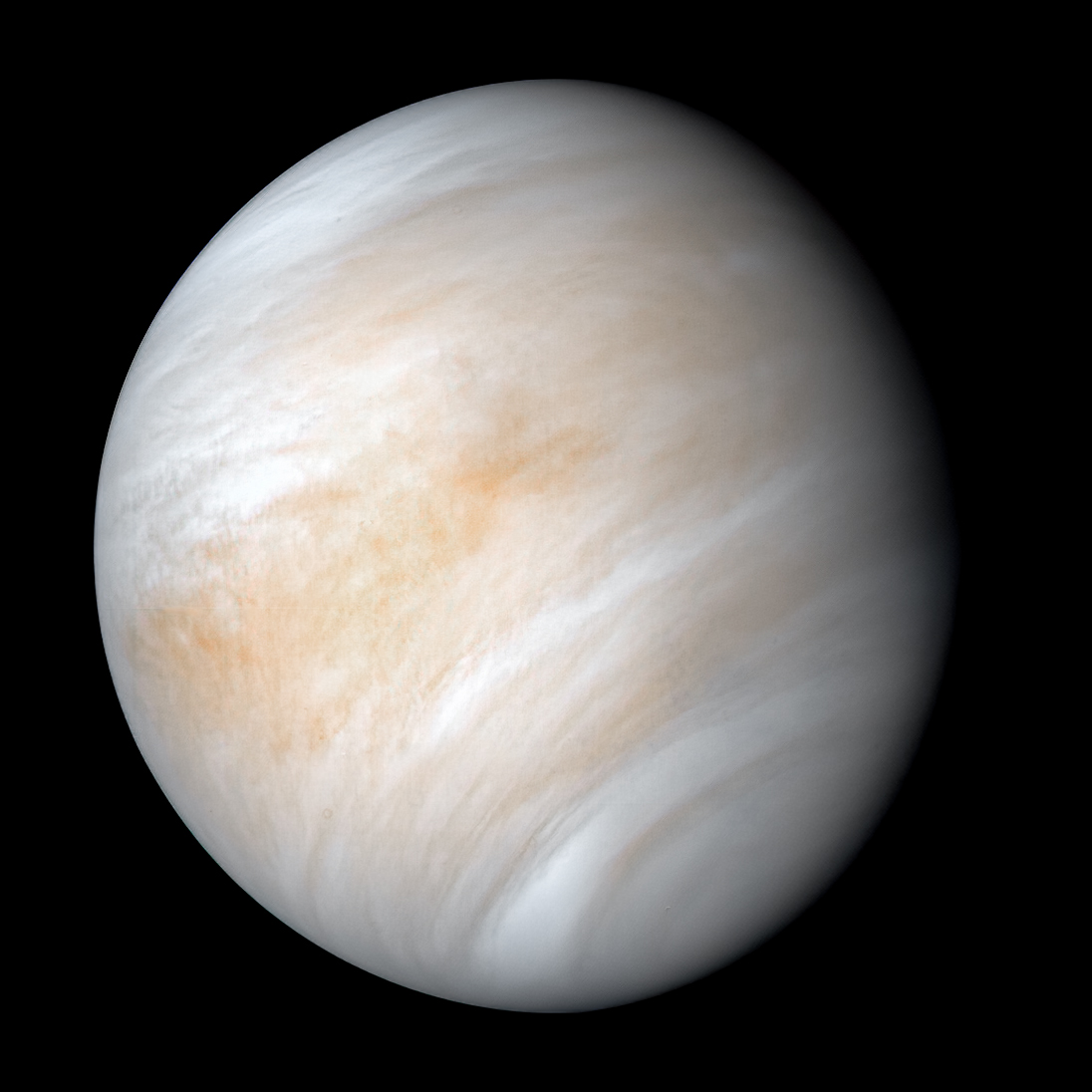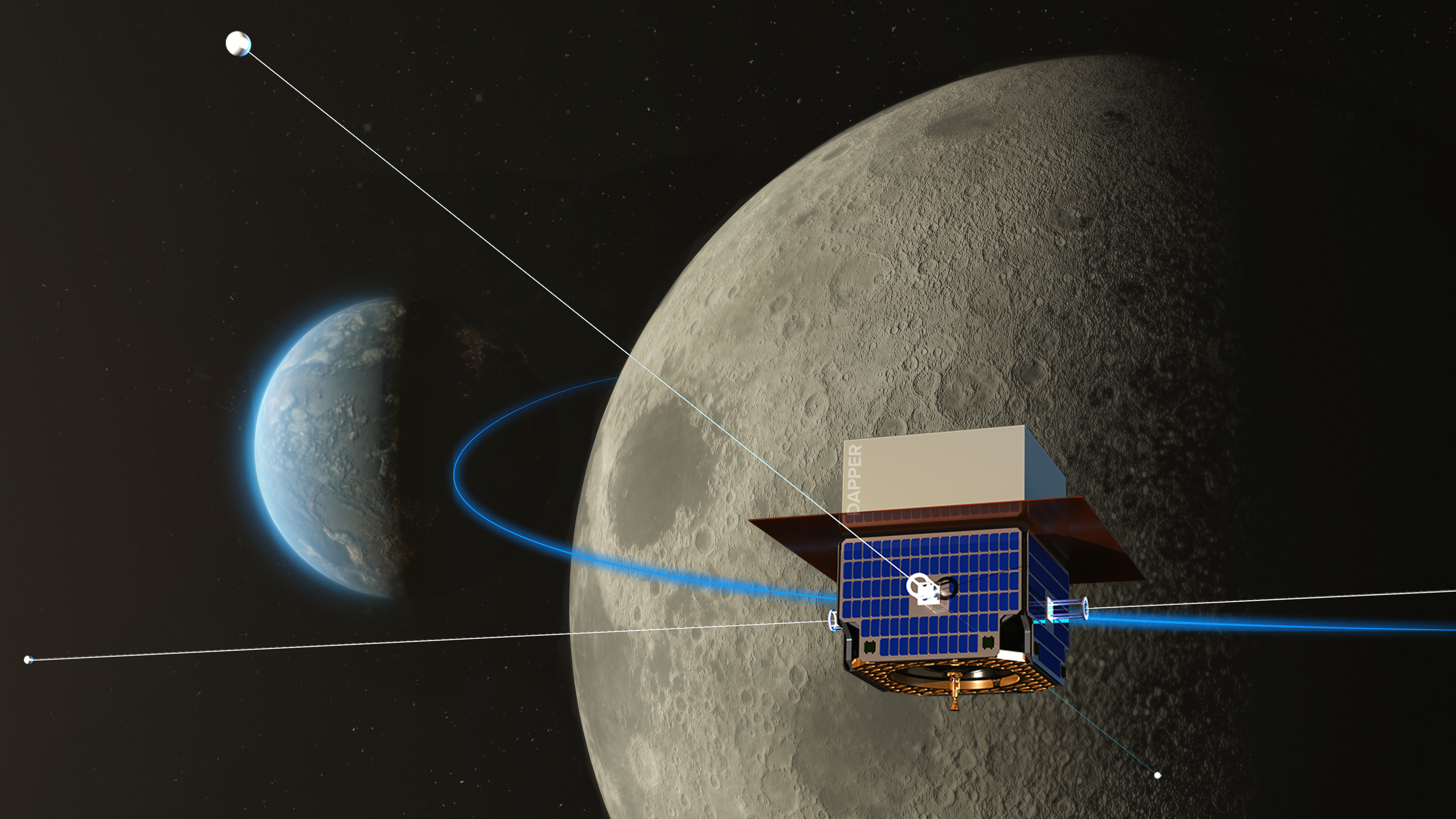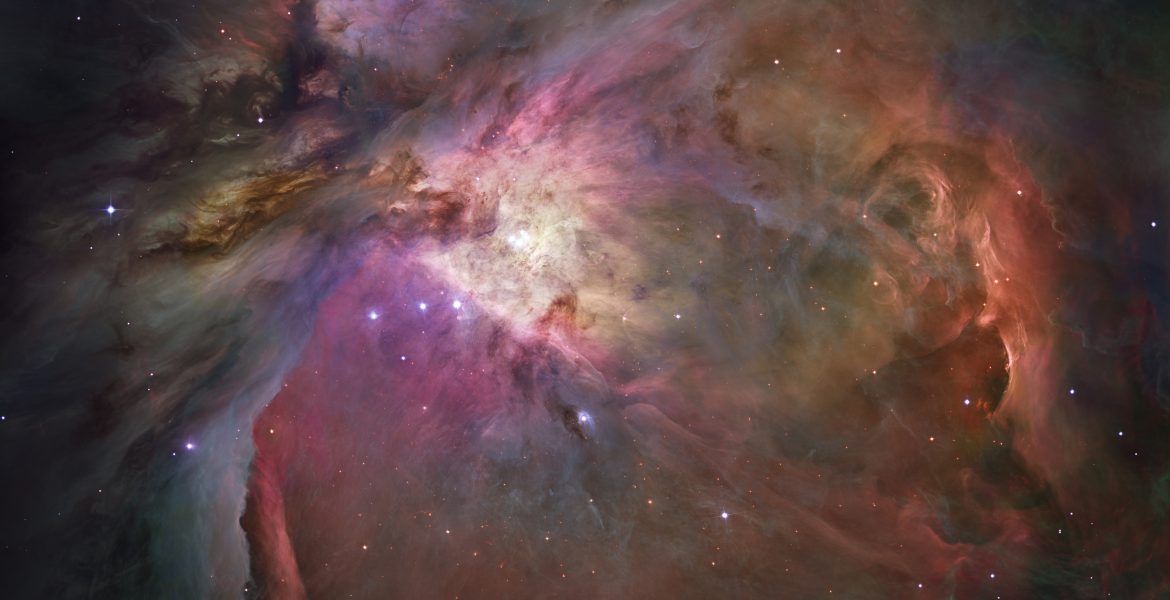New observations down to light-year scale of the gas flows around a supermassive black hole have successfully detected dense gas inflows and shown that only a small portion (about 3 percent) of the gas flowing towards the black hole is eaten by the black hole. The remainder is ejected and recycled back into the host galaxy.
Tag: radio astronomy
How Radio Astronomy Sees Magnetic Fields
Many objects in the Universe have magnetic fields. Planets such as Earth and Jupiter, the Sun and other stars, even galaxies billions of light years away.
St. Croix: Radio Astronomy in the Caribbean
Although the location of St. Croix is perfect for a VLBA antenna, the island poses significant challenges for using and maintaining a radio antenna. The St. Croix dish is located on the eastern side of the island, almost at sea level. So it is constantly bombarded by salt air, ocean rains, and even the occasional tropical storm.
Volcano-like rupture could have caused magnetar slowdown
On Oct. 5, 2020, the rapidly rotating corpse of a long-dead star about 30,000 light years from Earth changed speeds. In a cosmic instant, its spinning slowed. And a few days later, it abruptly started emitting radio waves.
Design Review for ngVLA Antenna Clears Way for Prototype Construction
The design for the ngVLA prototype antenna has passed a thorough review by a panel of external experts and the project now is cleared to proceed to manufacture the prototype.
NRAO Expands Radio Dynamic Zone Testing with Support from NSF
Following a generous grant from the National Science Foundation’s Spectrum Innovation Initiative (SII), NSF’s National Radio Astronomy Observatory (NRAO) will expand efforts to establish and support the co-existence of research and commercial entities across the radio spectrum.
VLBA Produces First Full 3-D View of Binary Star-Planet System
Astronomers using the VLBA have produced the first-ever full, 3-D view of binary star system with a planet orbiting one of the stars. Their achievement promises important new insights into the process of planet formation.
NRAO Supporting Work of Mexican Astronomer
NRAO is supporting a Mexican astronomer’s work to select and develop antenna sites in northern Mexico for the Next Generation Very Large Array (ngVLA).
French Astronomer Honored as 2022 Jansky Lecturer
The 2022 Jansky Lectureship, honoring outstanding contributions to radio astronomy, has been awarded to Professor Françoise Combes, Chair of Galaxies and Cosmology at the College of France and Astronomer at the Paris Observatory.
Milky Way’s Black Hole Was “Birth Cry” of Radio Astronomy
The new image of the black hole at the center of our Milky Way galaxy provides the closest look yet at the region from which radio waves from beyond the Earth were first detected in 1932 — by Karl Jansky, the father of radio astronomy.
Next Generation Very Large Array Strongly Endorsed by Decadal Survey
The Astronomy and Astrophysics Decadal Survey of the U.S. National Academy of Sciences has given high priority to the Next Generation Very Large Array (ngVLA) for the next decade of research at the frontiers of astronomy and astrophysics.
ALMA Scientists Detect Signs of Water in a Galaxy Far, Far Away
Scientists studying SPT0311-58 found H20, along with carbon monoxide in the galaxy, which is located nearly 12.88 billion light years from Earth. Detection of these two molecules in abundance suggests that the molecular Universe was going strong shortly after the elements were forged in early stars.
Moon’s Tycho Crater Revealed in Intricate Detail
The National Science Foundation’s Green Bank Observatory and National Radio Astronomy Observatory, and Raytheon Intelligence & Space have released new high-resolution images of the Moon, the highest-ever taken from the ground, using new radar technology on the Green Bank Telescope (GBT).
ALMA Reveals Carbon-Rich, Organic Birth Environments of Planets
An international collaboration of scientists using the Atacama Large Millimeter/submillimeter Array (ALMA) has completed the most extensive chemical composition mapping of the protoplanetary disks around five nearby young stars at high resolution, producing images that capture the molecular composition associated with planetary births, and a roadmap for future studies of the makeup of planet- and comet-forming regions.
New Receivers Achieve First Light, Set Record for Observational Capabilities at ALMA
A new set of receivers installed on antennas at the Atacama Large Millimeter/submillimeter Array (ALMA) have achieved first light. With it, they set a new record for the longest wavelengths visible with the radio array.
NSF Awards Funding for Next-Generation VLA Antenna Development
The National Science Foundation has awarded NRAO $23 Million for design and development work on the Next Generation Very Large Array, a project proposed as one of the world’s next generation of cutting-edge astronomical research facilities. The award includes funding for producing a prototype antenna for this new radio telescope system.
2021 Jansky Lectureship Awarded to Mexican Astronomer
The 2021 Jansky Lectureship has been awarded to Professor Luis F. Rodriguez of the National University of Mexico, in recognition of his accomplishments as a scientist, an educator, a popularizer of astronomy and a mentor.
Record-breaking stellar flare from nearby star recorded in multiple wavelengths for the first time
Scientists using the Atacama Large Millimeter/submillimeter Array (ALMA) observed a record-breaking stellar flare from Proxima Centauri. The study also marks the first time that a powerful stellar flare, other than those from the Sun, has been observed with such complete wavelength coverage.
Next Generation VLA Endorsed by Canadian Panel
The Canadian Astronomy Long Range Plan 2020-2030 has recommended that Canada support the National Radio Astronomy Observatory’s proposed Next Generation Very Large Array.

Purported phosphine on Venus more likely to be ordinary sulfur dioxide, new study shows
A University of Washington-led team has revisited and comprehensively reinterpreted radio telescope observations underlying a 2019 claim of phosphine in the atmosphere of Venus. They report that sulfur dioxide, a common gas in the atmosphere of Venus, is likely what was detected instead of phosphine.
NRAO Contest Winners Illustrate Diverse Cosmic Phenomena
Winners in NRAO’s VLA 40th Anniversary Image Contest are from around the world, and their works illustrate a fascinating variety of celestial objects. Entries combined observational data from the VLA with data from optical, infrared, and X-ray telescopes, and from computer simulations.
VLA Marks 40 Years at the Frontier of Science
The Very Large Array (VLA) turns 40 years old on October 10, and the National Radio Astronomy Observatory is hosting a day-long virtual celebration that day.

NRAO Joins Space Mission to the Far Side of the Moon to Explore the Early Universe
The NRAO has joined a new NASA space mission to the far side of the Moon to investigate when the first stars began to form in the early universe.

The Cold Case of Carbon Monoxide
Fifty years ago, astronomers discovered carbon monoxide in space. It allowed us to see dark regions of the universe, and helped us understand it more clearly.

ALMA Captures Stirred-Up Planet Factory
Planet-forming environments can be much more complex and chaotic than previously expected. This is evidenced by a new image of the star RU Lup, made with the Atacama Large Millimeter/submillimeter Array (ALMA). All planets, including the ones in our Solar System,…
Radio Observatories Closing in New Mexico, Virginia, West Virginia
Radio observatories closing facilities in response to COVID-19 outbreak and school closings in three states.